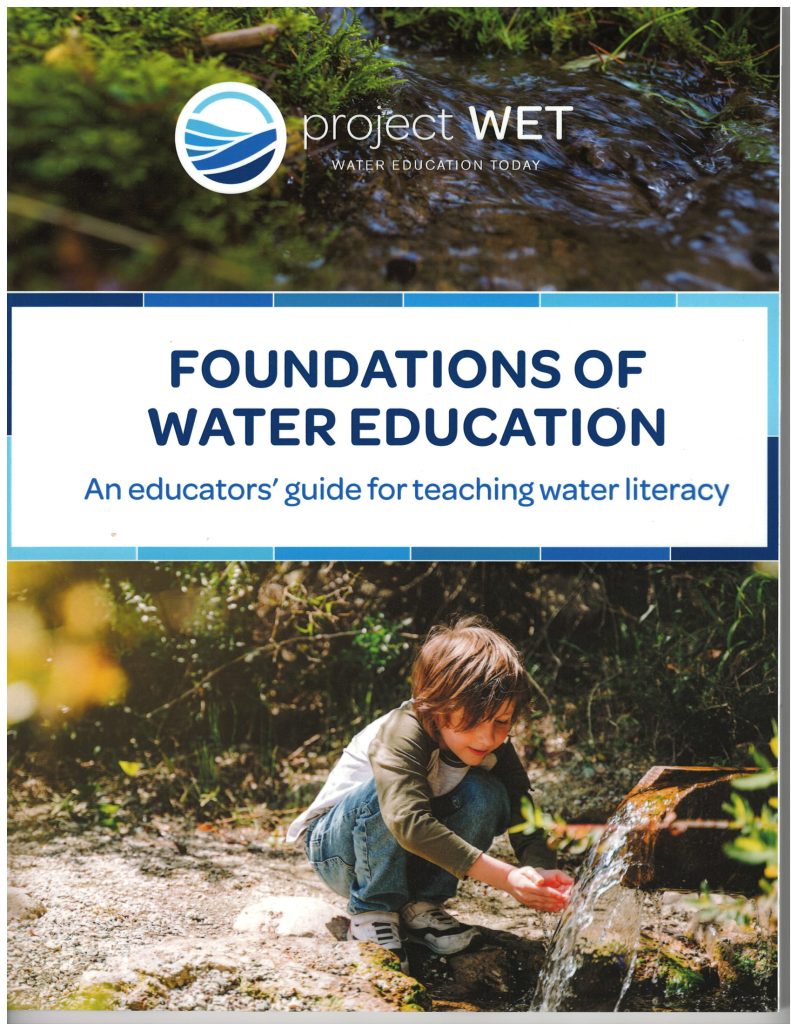Project WET Instructional Resources
New Resources!
Foundations of Water Education: An educators’ guide for teaching water literacy. – Curriculum connects are developed and posted regularly. Workshops are now available!!
Alberta Foundations Cross Reference Guide
Climate, Water and Resilience – Curriculum connects are developed and posted regularly. Workshops are now available!!
BC and Yukon CWR Cross Reference Guide
Saskatchewan CWR Cross Reference Guide
New Brunswick CWR Cross Reference Guide
Ontario CWR Cross Reference Guide
Newfoundland and Labrador CWR Cross Reference Guide
Prince Edward Island CWR Cross Reference Guide
Curriculum Connections
Project WET Supporting Resources
Water and Earth Systems
The guide will be available in the spring of 2025.
Ecosystems & Human Health
Guide to be published in 2025 – 2026.
Management & Culture
Guide to be published in 2026 – 2027.
Getting Little Feet Wet
Resource document coming soon!
Climate, Water and Resilience
Resource document coming soon!
Climate and Resilience Education Project WET 2.0
Activities Supporting Climate and Resilience Education in Project WET 2.0
Curriculum Guide
Activities Supporting Climate and Resilience Education in Project WET 2.0
Curriculum- Table Format
Physical Distancing Documents and Fall and Winter Activities
Physical Distance Document for
Project WET Curriculum and Activity Guide 2.0
Project WET Curriculum and Activity Guide 2.0
Fall and Winter Activities
with Physical Distancing Options
Videos
Project WET Leadership Workshop, Yellowknife, Northwest Territories, Canada. July 10 – 12, 2018
BC Facilitator Workshop
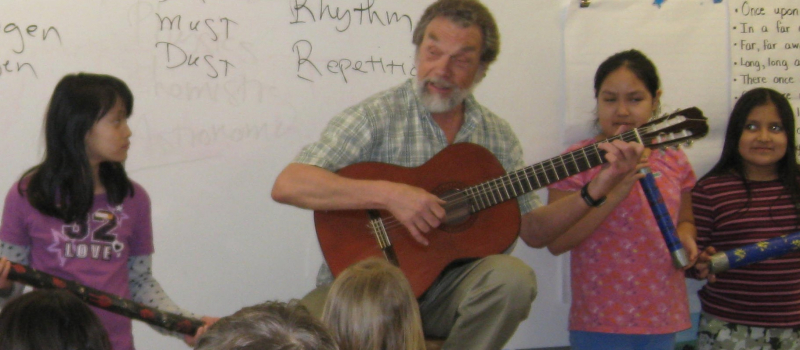
Dr. Don Waite is an environmental scientist who writes and sings songs about the environment. These songs cover many serious topics including water, air pollution, the five R’s (recycling etc.), the greenhouse effect, and much more, but in a humorous fashion that encourages group participation and laughter. To learn more about Don Waite.
Music (click to download)
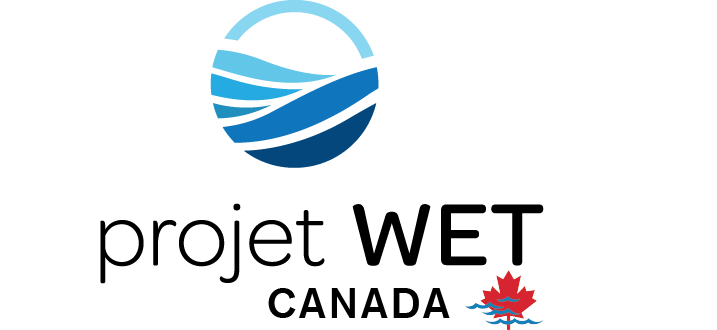
Projet WET Canada est le programme officiel d’éducation sur l’eau pour les jeunes de l’Association Canadienne des Ressources Hydriques (ACRH). L’ACRH chapeaute le programme Projet WET au Canada depuis 1996 à travers un contrat avec la Fondation (Internationale) Project WET.
Le projet WET Canada est un programme éducatif sur l’eau qui est amusant, pratique et basé sur l’enquête, approprié pour les élèves de la maternelle à la 12e année. Il est conçu pour être utilisé par les éducateurs formels et non formels pour enrichir les programmes provinciaux et territoriaux existants en sciences, en éducation environnementale et de plein air, en études sociales, en arts du langage, en mathématiques, en santé et bien-être et en éducation aux choix de carrière. Il est adapté pour des environnements d’apprentissage tant intérieurs et qu’extérieurs. Les éducateurs et éducatrices obtiennent le guide d’activités de base du projet WET dans le cadre d’un atelier de certification de développement professionnel dispensé par des animateurs et animatrices pleinement qualifiés du projet WET. Des ateliers sont disponibles partout au Canada.
Projet WET Canada Ateliers de Développement Professionnel pour les Éducateurs / Éducatrices

Projet WET, Module 1 est le guide des éducateurs et éducatrices de langue françaisecontenant 21 plans complets de leçons tirés du Guide anglais de base du projet WET, pour la maternelle à la 8ième année.
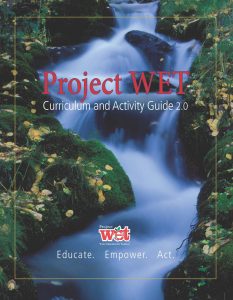
Project WET 2.0 est le guide de base des éducateurs et éducatrices. C’est un volume de 592 pages, contenant 65 plans de leçons à plusieurs niveaux et testés sur le terrain et appuyant le curriculum. Plusieurs ressources de soutien sont également téléchargeables gratuitement sur les pages Web du Projet WET Canada. Ce guide est en anglais.
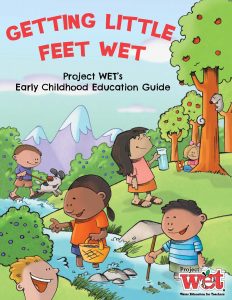
Getting Little Feet Wet est le guide des éducateurs et éducatrices de la petite enfance (de 3 à 8 ans). Il contient 11 plans de leçons qui complètent les 16 activités du guide Projet WET 2.0 pour la pré-maternelle – 2e année. Les activités sont adaptées au développement des jeunes apprenants et comportent des suggestions pour les enfants de 3 à 5 ans et aussi pour les enfants de 6 à 8 ans. Ce guide est en anglais.
CONTACTEZ PROJET WET CANADA
Pour organiser un atelier de développement professionnel Projet Wet ou en savoir davantage sur le projet, veuillez nous envoyer un courriel en cliquant sur un des boutons ci-dessous.
Pour plus d’informations ou pour en savoir plus sur un atelier de certification dans votre région, référez-vous à la carte du Canada sur notre page d’accueil en français. Survolez votre province ou territoire pour trouver les informations au sujet de votre coordonnateur ou coordinatrice régional(e).
PROJET WET CANADA aimerait remercier nos principaux donateurs:
éQUIPE DE GESTION DE PROJET WET CANADA
Russell Boals, Directeur
Ed Dean, Membre d’Équipe
Alida Thiombiano, Membre d’Équipe
Maxine Koskie, Coordinatrice Nationale de l’Éducation
Lizabeth Nicholls, Consultante en éducation
Connexions curriculaires
Vous avez des questions ? Contactez la coordonnatrice Lou Paris à ProjetWET_QC@outlook.com

